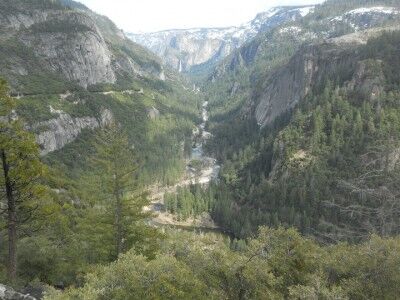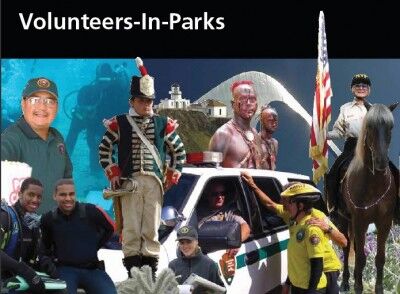I received an email asking me “what are the 10 oldest national parks?” The first National Park was Yellowstone created in 1872. Number two was Sequoia National Park in 1890 along with Yosemite National Park the same year. While Kings Canyon National Park was established in 1940, it’s included with Sequoia National Park (they are connected) because Kings Canyon National Park incorporated General Grant National Park when it was created. General Grant National Park was established in 1890 to protect the General Grant Grove of giant sequoias, the same year as Sequoia National Park.

Yosemite National Park established in 1890
Here is a list of the 10 oldest National Parks in the National Park system:
1. Yellowstone National Park (1872)
2. Sequoia and Kings Canyon National Park (Sequoia 1890)
2. Yosemite National Park (1890)
4. Mount Rainier National Park (1899)
5. Crater Lake National Park (1902)
6. Wind Cave National Park (1903)
7. Mesa Verde National Park (1906)
8. Glacier National Park (1910)
9. Rocky Mountain National Park (1915)
10. Haleakala National Park (1916)
10. Hawaii Volcanoes National Park (1916)
10. Lassen Volcanic National Park (1916)

